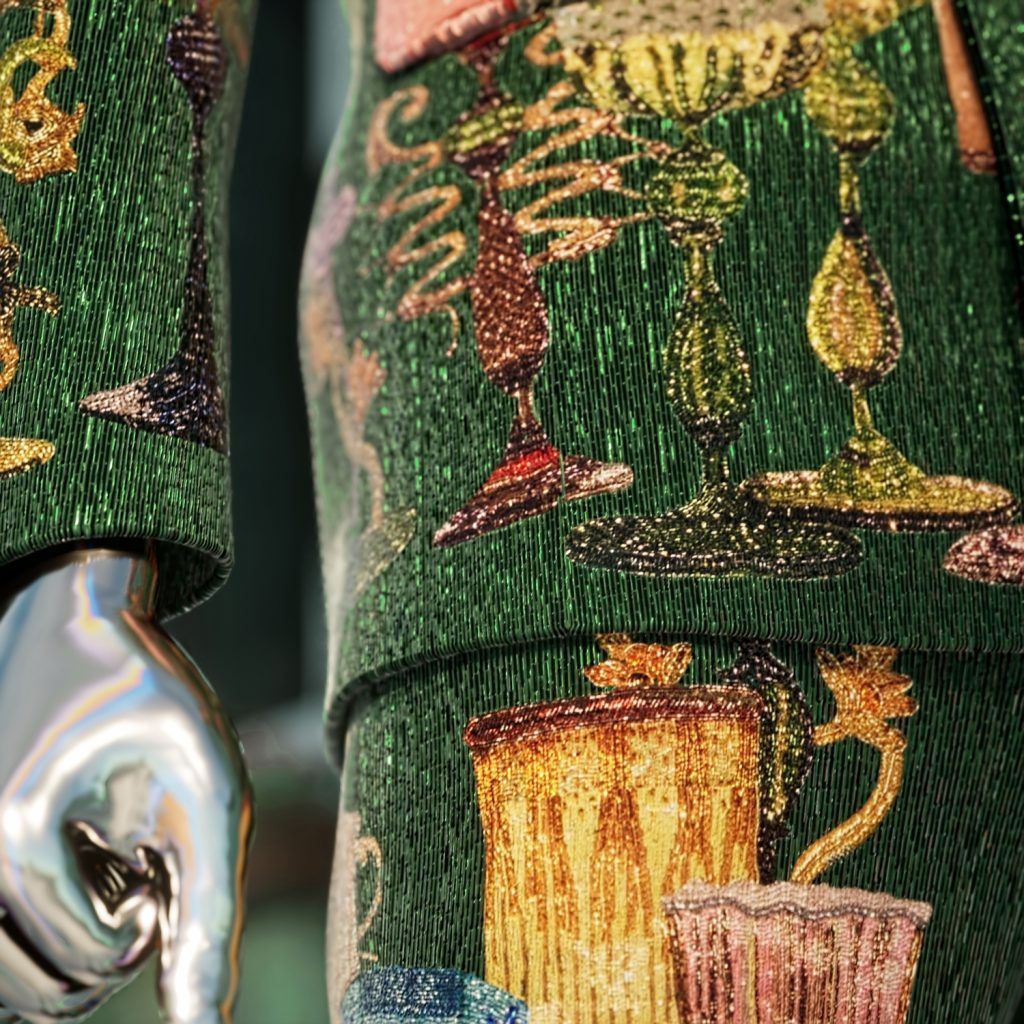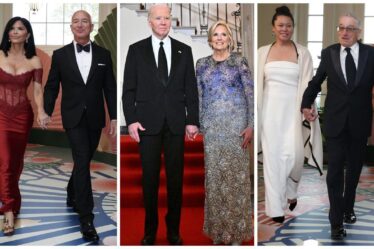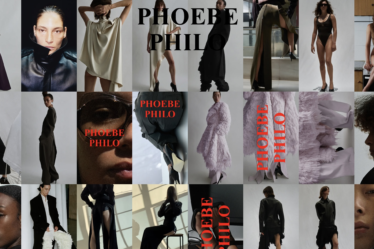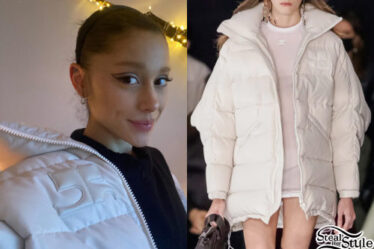
After wearable and property NFTs, the metaverse realm has yet several more aspects that will welcome new sellers and buyers.
Unable to ignore the virtual realm, luxury brands are seeking new relevance by cautiously extending their DNAs into the metaverse, but all while keeping one eye on the outcome of a certain legal case.
The metaverse, in theory, is a single, universal and immersive virtual world that can be navigated using augmented-reality and virtual-reality headsets. The one we see in sci-fi films, such as Tron or The Matrix, is still very much hypothetical.
What we are witnessing now are several platforms – Decentraland and Sandbox, among others – that have created their own virtual spaces, more akin to pocket dimensions than a single, universal world. Despite the apparent limitations of such metaverses, we see brands eager to capitalise on this new revenue stream – some create virtually wearable NFTs that come with complimentary physical items each, or vice versa; others veer into designing uniforms for various metaverse- adjacent video games to keep their finger on the pulse of the younger spenders and stay connected to the wider audience.
What we are yet to encounter, however, is a wave of brands setting up metaverse stores with a constant product offering, stable sales and operations. Could this wariness be due to the technical limitations of the metaverse itself or, perhaps, its legal ambiguity?
Nonetheless, according to Bloomberg Intelligence, the metaverse market will reach almost US$800 billion by 2024; by 2026, Gartner predicts that 15 percent of people will spend at least an hour a day in the metaverse. Such nascent retail spaces – infinite and allegedly decentralised – entail a set of never-before-seen challenges and fascinating opportunities.
Earlier this year, British retailer Selfridges debuted a pop-up store in Decentraland as a part of Metaverse Fashion Week, in collaboration with Paco Rabanne and the French museum Fondation Vasarely. “We were able to create something unique that no one has access to, and it’s a real privilege to be able to bring back to the world such amazing innovative creations in both art and couture for the benefit of NFT,” says Sebastian Manes, Selfridges’ buying and merchandising director. The retailer wasn’t the only business ravenous to explore this developing space: it was joined by the likes of Tommy Hilfiger, Dolce & Gabbana, Etro and Charles & Keith. Manes believes the metaverse will spawn new frontiers of connectivity – presumably both peer-to-peer and brand-to-customer.

How does this connectivity affect the exclusivity luxury brands rely on? Nick Jaden Lau, founder of luxury platform Wear NFT, believes the two are not mutually exclusive. “Luxury is about storytelling, exclusivity and scarcity. As we look at the blockchain smart-contract technology, which is a transaction protocol intended to control, execute and document relevant legal events according to the terms of an agreement that NFT-related deals depend on, it’s all the same – authentication and limiting quantities to only a certain number [of people],” he says.
Essentially, blockchain, in the same way as the metaverse, creates a new facet of connectivity to existing and potential clients only. In the luxury context at least, it’s not intended to lower the entry barrier to its products. Consider this hypothetical example: a person who’s never heard the name Paco Rabanne will not be able
to suddenly buy a rare NFT chainmail top. Existing patrons, on the other hand, will potentially benefit more from their association with the brand, through reward programmes, exclusive launches and extended product offerings.
As soon as the metaverse was introduced as the new mode of retail and advertising, it acquired a buzz that carried into mainstream consciousness. “Limitless opportunities!” manifested Twitter users with apes for profile pictures; “The new Internet!” said Philipp Plein quoting Mark Zuckerberg. In reality, the fantasies of a fully immersive bright new world are far away.

“It’s still a marketing gimmick for the brands to say, ‘We’re [at the] Metaverse Fashion Week, come check us out’,” Lau tells me. “When you get there, it’s a completely different story,” he says, “It’s lagging, it’s low fidelity. You’re not necessarily going to hang out with your friends. You’re going to chat, but that’s it.” Wear recently launched its own VR project called Warehouse – the entrepreneur describes it as a microverse – a more-selective version of the metaverse. He believes it has “everything Decentraland has, but at a higher fidelity.” Lau hopes the space will be the destination for collectors to showcase their digital treasures.
Although the vision of the novel cyber dimension promised by the likes of Zuckerberg’s Meta is a Foggy Albion, some brands have leveraged widespread infatuation with the novelty to drive sales. Consider the case of Dolce & Gabbana. Late last year, the Italian house debuted a range of NFTs, dubbed Collezione Genesi, which fetched more than 188.7 ethereum – nearly US$5.6 million at the October 2021 exchange rate. “Collezione Genesi was the first luxury NFT collection to involve both digital and physical works, bridging them with a unique ecosystem of benefits [for] collectors across the physical universe and the metaverse,” says a D&G spokesperson. Dolce & Gabbana sees the metaverse as “an important window to interact with the younger generations”, which was one of the reasons the brand recently launched the gooDGame – “a revolutionary project that celebrates [cyber] sport and brings the #DGDNA to professional players and fans across the globe.”

The behaviour of IP Law in the metaverse is a fascinating topic which starts with the most obvious concern: trademarks are territorial, while the metaverse is borderless and globally accessible. Hence, the question that begs an answer: where to file those trademarks? Two main rules differentiate filing jurisdictions: first-to-file and first-to- use. The former grants the rights to the brand that filed the trademark first; in the latter case, the brand that used the item first (whether the trademark had been filed or not) enjoys the rights. Countries that follow the first-to-file system include China and the UK, while Canada, Hong Kong and the US are among those adopting first-to-use.
To what extent real-world goods will be protected against their virtual counterparts in the metaverse remains unclear. According to section 10 of the UK’s Trade Marks Act of 1994, there must be confusion relating to the source of goods or services to prove infringement. How similar can a downloadable good or data be to, let’s say, a pair of physical sneakers? Both have inherently different purposes and belong to different categories – the degree of similarity, in this case, will be a question of fact, and, expectedly, marks of repute will be protected more.
“There are arguments some might run, concerning designer goods, that it’s not a question of comparing software or data and a leather handbag, but that both the digital handbag and the real-life version are indicators of the bearer’s identity. As the law stands at present, these arguments are likely to be seen as a stretch,” says Dan Reavill, head of commercial, IP and technology at the British law firm Travers Smith.

The matters of copyright and trademark infringement wouldn’t be so widely discussed if it weren’t for the ongoing, highly public case of Hermès against US-based artist Mason Rothschild. Rothschild minted and sold MetaBirkin NFTs depicting the brand’s signature handbags covered in colourful fur. The maison alleged Rothschild infringed the Birkin’s registered trademarks, while the artist, pleading the First Amendment (which guarantees protection of free speech), claimed his works were “a commentary on fashion’s history of cruelty to animals”. The initial plea failed to dismiss Hermès’ claims, even though under US law the rights to freedom of speech would normally override trademark infringement claims.
“The case will test the boundaries of trademarks enjoying a reputation and freedom of speech for artistic expression concerning different goods,” says Elena Varese, lead lawyer in the intellectual property and technology department of multinational legal firm DLA Piper. Without attempting to make any direct predictions, there are reasons to speculate that Hermès might have this case in the, uh, bag. In the past, the brand succeeded in prohibiting the use of a two-dimensional Kelly silhouette over tissue shopping bags.
NFTs, metaverse, blockchain, cryptocurrency and other inventions previously enamouring only rosy-cheeked fintech bros and Silicon-Valley-ans are garnering a robust following among luxury brands, retailers and designers. Who’d have thought Philipp Plein would set the trend in August 2021, when it started accepting crypto payments? Fanfare aside, the metaverse and its attributes are an untested legal territory, which though decentralised in theory, may not be all that sovereign.



